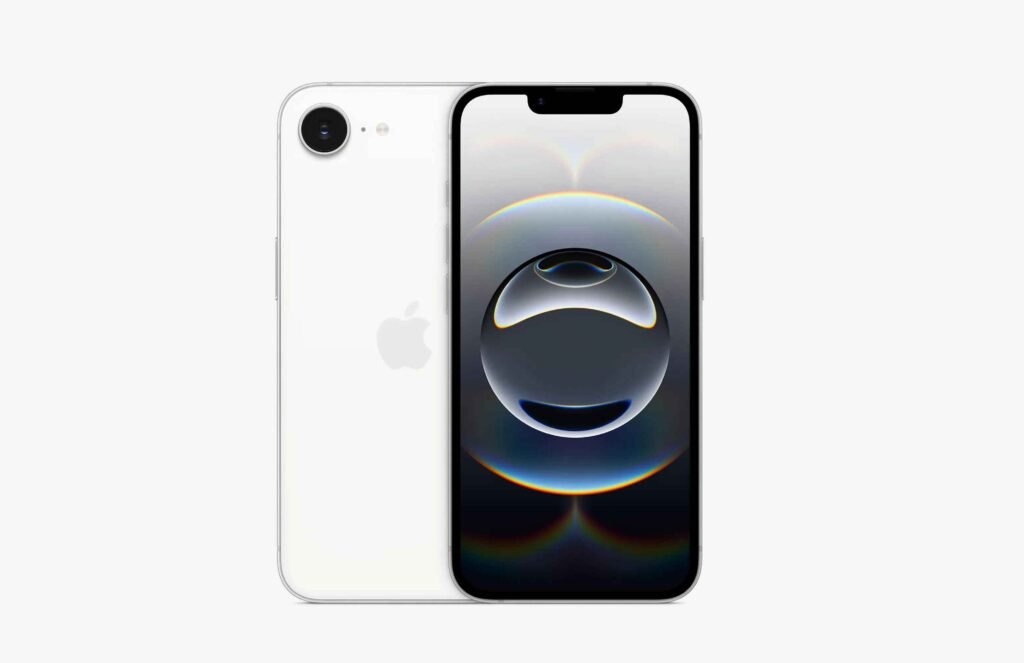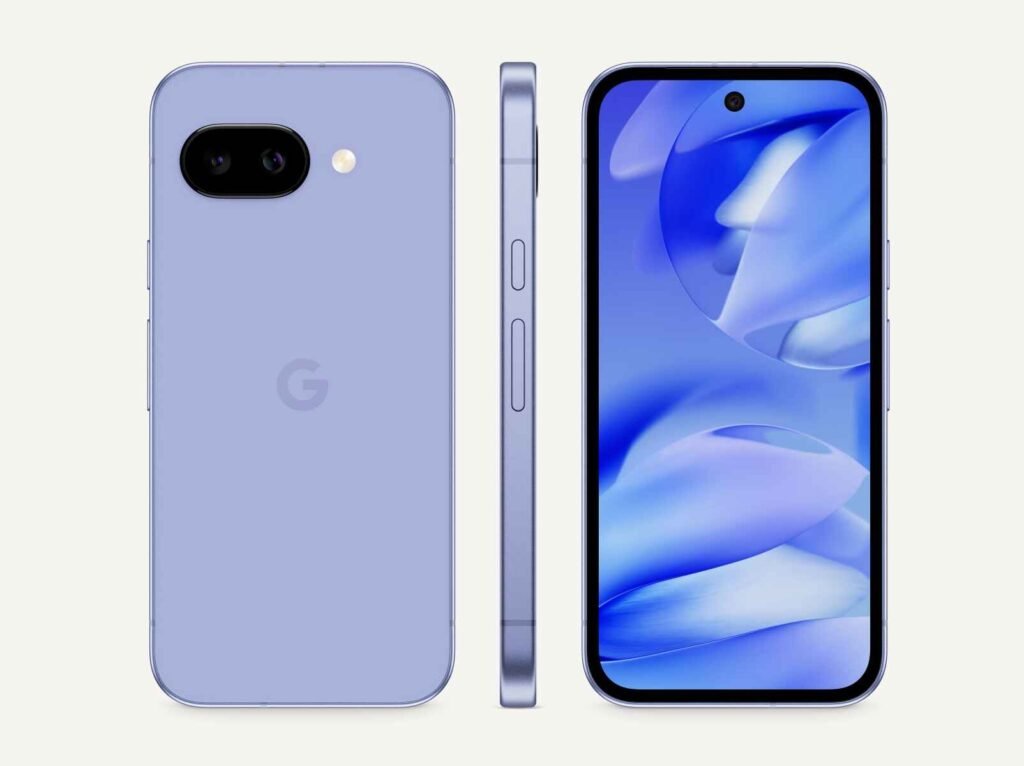If you’re torn between the iPhone 16e and Google’s Pixel 9a, you’re not alone. These two smartphones may sit in the same “budget-friendly” category, but they offer starkly different experiences across design, display, performance, and more. With a $100 price gap and unique strengths on either side, choosing the right one really depends on what matters most to you.
Let’s break it all down, category by category, to help you make the smartest purchase.
First Impressions: Build and Feel

The iPhone 16e and Pixel 9a don’t exactly scream luxury, but they do bring distinct design identities. Apple sticks with its signature clean lines and premium materials. The 16e is compact, lightweight, and built with glass on the back, giving it a sleek, refined feel. In contrast, Google opts for a slightly larger frame with a plastic rear, which some might find less refined but more durable in daily use.

The Pixel 9a features a flush dual-camera layout, while the iPhone 16e houses a single lens that noticeably juts out. Both phones have flat displays and frames, though the iPhone feels easier to manage one-handed thanks to its smaller footprint.
Display Differences: Clarity vs Smoothness
Apple’s 6.1-inch OLED panel delivers sharp visuals at 2532 x 1170 resolution, framed by slim, uniform bezels. However, the top-center notch can break immersion for some. On the other hand, Google equips the Pixel 9a with a slightly larger 6.3-inch pOLED screen, running at 2424 x 1080. The bezels are chunkier, but the lack of a notch gives it a cleaner look.
Where the Pixel really shines is with its refresh rate. Its 120Hz panel makes everything feel silky smooth—after you manually switch it from 60Hz in the settings. The iPhone sticks with 60Hz, making animations and scrolling noticeably less fluid by comparison. But in Apple’s favor is the tougher display glass—Ceramic Shield trumps the Pixel’s Gorilla Glass 3 in scratch resistance.
Under the Hood: Processing Power Showdown
Apple’s iPhone 16e is powered by a trimmed-down version of the A18 chip. It’s a 3nm processor that still delivers top-tier performance, especially for gaming and multitasking. The Pixel 9a features Google’s Tensor G4, a 4nm chip that does well with day-to-day tasks and excels in AI-specific operations.
Both devices have 8GB of RAM and no microSD slot, so choose your storage option wisely. While the iPhone edges out in raw processing muscle, the Pixel’s higher refresh rate makes its user experience feel just as snappy for casual use.
Photography Face-Off: Single vs Dual Lenses
Camera lovers will appreciate the Pixel 9a’s versatility. It sports a 48MP main sensor and a 13MP ultrawide lens, offering broader scene coverage and better performance in low light.
Apple’s iPhone 16e comes with just one 48MP rear camera. While it’s capable, the absence of an ultrawide option limits your creative scope.
Image styles also differ—Pixel photos are richer in contrast and saturation, while iPhone shots lean more natural. For selfies, both phones are decent, but the Pixel gives you a wider field of view. Neither offers flagship-level photography, but for everyday snapshots, the Pixel takes the lead.
Sound and Speakers: Subtle Superiority
Both phones ditch the headphone jack and rely on stereo speakers. In terms of audio quality, the iPhone 16e delivers fuller and more balanced sound, both for media playback and voice calls. The Pixel 9a’s output is clear but a bit tighter and less rich.
Bluetooth 5.3 is standard across both, and audio over USB-C is supported—though you’ll need an adapter.
Software Ecosystems: iOS vs Android
Here’s where the divide becomes philosophical. The iPhone 16e runs on iOS, offering seamless integration with the Apple ecosystem. If you use a Mac, iPad, or Apple Watch, the experience is hard to beat.
The Pixel 9a runs a clean version of Android, offering more freedom in customization. It also comes with 7 years of updates—a generous promise compared to Apple’s expected 5-year support. Google’s implementation of AI features blows Apple out of the water. The Pixel offers powerful tools like Magic Editor, voice enhancements, and other Gemini-powered features. Apple has teased improvements in AI, but as of now, they haven’t delivered meaningfully.
Battery Life and Charging: Close Call
Battery endurance is solid on both devices. The Pixel 9a carries a larger battery and still manages to keep pace, even with the 120Hz refresh rate enabled. The iPhone 16e performs consistently too, though its smaller size limits its capacity.
Charging speeds are nothing to brag about. Expect roughly 1.5 to 2 hours for a full charge on either phone. Both support 7.5W wireless charging, which is painfully slow. Also worth noting: the iPhone 16e doesn’t support MagSafe, making accessory compatibility more limited compared to other iPhones.
Final Verdict: Which One Wins?
Truthfully, there’s no outright winner—just a better fit depending on your needs. If you’re invested in Apple’s ecosystem and prioritize build quality, the iPhone 16e won’t disappoint. If you want better value, a higher refresh rate, more camera versatility, and class-leading AI tools, the Pixel 9a is hard to beat—especially at $100 less.
Just be clear on what you value most in a phone. Whether it’s smooth performance, smart software, or simplicity, both devices get the job done in very different ways.
















